Topsoil is an essential element for healthy and thriving plants, trees, and grass. Loam topsoil is a type of topsoil that is composed of clay, silt, and sand in the correct proportions. This type of soil provides the right balance of nutrients and drainage for growing healthy vegetation. It also has a crumbly texture that makes it ideal for use in landscaping projects. Using loam topsoil can provide your garden or lawn with numerous benefits.
From promoting better growth to providing better water retention, loam topsoil is an ideal choice for any gardening project. In this article, we'll explore some of the key benefits of loam topsoil to help you make an informed decision when selecting soil for your next landscaping project.
Loam Topsoil
is one of the most popular types of soil used for gardening and landscaping projects. It's a combination of clay, silt, and sand particles, which give it its unique characteristics. Loam topsoil provides many benefits compared to other types of soil, making it an ideal choice for any gardening or landscaping project. One of the major benefits of using loam topsoil is that it retains moisture and provides good drainage.This helps to create an ideal environment for plant growth, as it ensures that plants have enough water without becoming waterlogged. The combination of clay, silt, and sand particles also helps to provide a balance between air and water, which helps to prevent nutrient leaching and soil compaction. Plants that thrive in loam topsoil include vegetables, herbs, grasses, shrubs, trees, and flowers. Using loam topsoil for landscaping projects is also beneficial. You can use it to add soil to a flower bed or make a raised garden bed.
If you're unsure if your soil is loam, you can test it to determine if it is. To do this, simply take a handful of soil and squeeze it in your hand. If the soil falls apart easily and feels crumbly when you open your hand, then it's likely loam. To maintain loam topsoil, you should add organic matter regularly and mulch in the winter months. Adding organic matter helps to improve the structure of the soil and keep nutrients available for plants.
Mulching helps to protect the soil from extreme temperatures and prevents water from evaporating too quickly. Fertilizing your loam topsoil is also important. Fertilizers provide essential nutrients for plant growth and help to ensure that your plants are healthy and productive. Be sure to choose a fertilizer that's suited to your specific type of soil. Although loam topsoil is an ideal choice for gardening and landscaping projects, there are some potential problems that can arise from using it. Soil compaction is one such problem that can occur if you use too much of the material at once or if you don't prepare the soil properly beforehand.
Nutrient deficiencies can also occur if your soil doesn't have enough of certain elements like nitrogen or phosphorus. To prevent these problems from occurring, you should use loam topsoil in small amounts when preparing the soil before planting. You should also make sure to test your soil regularly to check for nutrient levels. Additionally, adding organic matter regularly can help to prevent compaction and provide nutrients for your plants. Using loam topsoil has many environmental benefits as well. It can help to improve water quality by filtering pollutants from runoff before they enter streams and rivers.
It can also help to reduce runoff by slowing water down as it moves through the soil, preventing erosion. Finally, adding loam topsoil to an area can help to support biodiversity by providing habitats for wildlife.
Choosing the Right Loam Topsoil
Loam topsoil is a combination of clay, silt, and sand particles, making it an ideal soil type for gardening and landscaping projects. To choose the right loam topsoil for your project, there are several factors you should consider, such as texture, nutrient content, pH level, and cost. Texture is one of the most important characteristics of loam topsoil.A fine-grained loam is ideal for growing vegetables, while a coarse-grained loam is better for larger plants like trees. You should also look at the nutrient content of the soil. Loam topsoil with high amounts of nitrogen, potassium, and phosphorus is great for your plants. Additionally, you should check the pH level of the soil to ensure it’s in the optimal range for your plants.
Lastly, you should factor in the cost of the soil. Typically, loam topsoil can range from inexpensive to more expensive, depending on its quality. To sum up, choosing the right loam topsoil for your project is essential to ensure your plants have the best chance at success. Consider factors such as texture, nutrient content, pH level, and cost when selecting a loam topsoil. In conclusion, loam topsoil is an ideal choice for gardening and landscaping projects due to its unique combination of clay, silt, and sand particles. It provides many benefits such as better water absorption and aeration, improved nutrients for plants, and greater soil stability.
To ensure that your plants get the best possible environment, be sure to properly care for loam topsoil by adding compost or organic matter regularly and avoiding compaction. Overall, loam topsoil is an excellent choice for gardening and landscaping projects due to its many benefits. With the right care, you can create a beautiful and healthy environment for your plants.
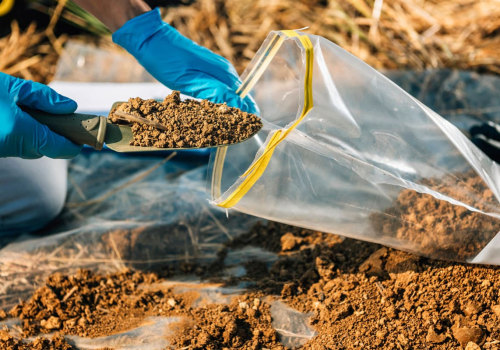
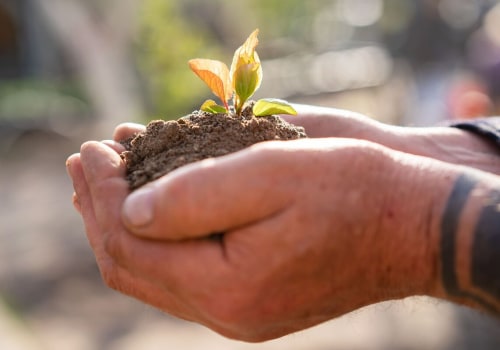
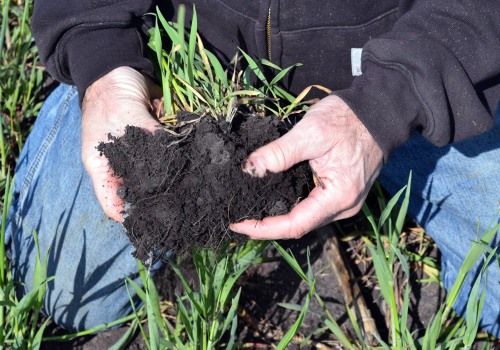
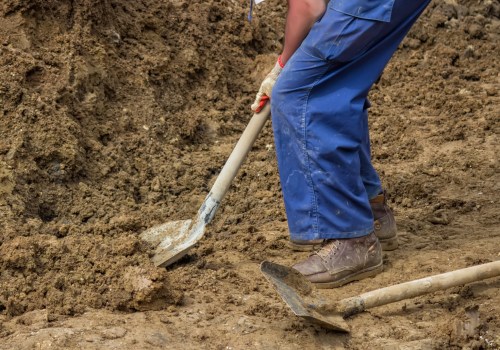
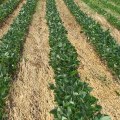
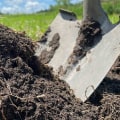
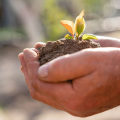
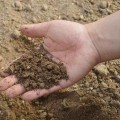
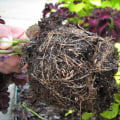


Leave a Comment